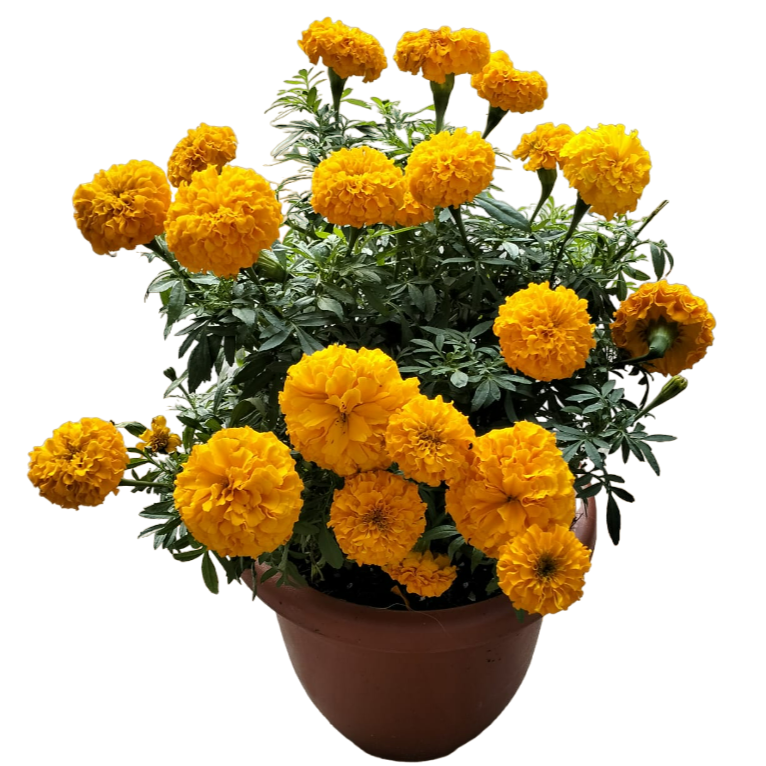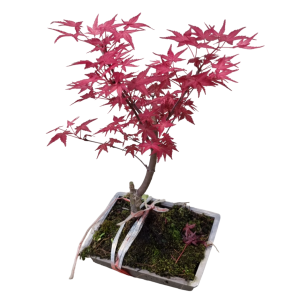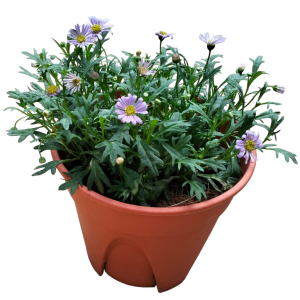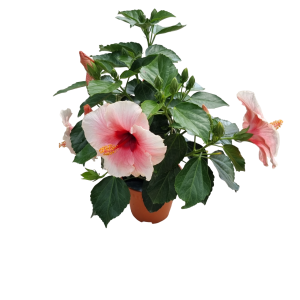- Home
- Shop
- Blog
- Happenings
- More/About
Company
Garden Centers
Information
Services
Online Stores
Company
Garden Centers
Information
FAQ
Membership
General Terms and Condition
Delivery Policy
Returns and Exchange Policy
Plant Policy
Privacy PolicyServices
Landscape Design,
Plant Rental and
DisplayOnline Stores
Lazada
Shopee
Amazon
Fairprice Online
- Home
- Shop
- Blog
- Happenings
- More/About
Company
Garden Centers
Information
Services
Online Stores
Company
Garden Centers
Information
FAQ
Membership
General Terms and Condition
Delivery Policy
Returns and Exchange Policy
Plant Policy
Privacy PolicyServices
Landscape Design,
Plant Rental and
DisplayOnline Stores
Lazada
Shopee
Amazon
Fairprice Online
World Farm
Tagetes erecta ‘Marigold 万寿菊’ (26cm pot)
$21.60
SKU
IO020CNY01B02001768
Categories Chinese New Year Plants 2025, Outdoor
6 in stock
Description
Plant Care Instruction
Common Ailments
Recommended Potting Media
Fertilising
Description
Tagetes erecta, commonly known as the Marigold, is a popular flowering plant native to Central and South America. Also referred to as the African Marigold, this vibrant, annual plant is well-known for its large, cheerful blooms in shades of golden yellow, orange, and white. The Marigold grows in a bushy form and can reach heights of 30-90 cm, making it an excellent choice for borders, garden beds, and containers. Its aromatic, fern-like foliage complements the bold, daisy-like flowers, which attract pollinators such as bees and butterflies, making it a great addition to any garden.
Plant Care Guide
Light Requirements: Marigolds thrive in full sun, requiring at least 6 hours of direct sunlight each day to bloom prolifically. They will grow best in bright, sunny spots, with full exposure to the sun throughout the day. Insufficient sunlight can lead to reduced flowering and leggy growth.
Watering: Marigolds prefer well-drained soil and should be watered regularly, keeping the soil consistently moist but not waterlogged. Water the plants deeply, ensuring that the water reaches the roots. However, be mindful of overwatering, as this can lead to root rot. During dry spells, it’s important to increase watering frequency, but always ensure the soil is well-drained to avoid standing water around the roots.
Soil: Tagetes erecta prefers light, well-draining soil with good fertility. A general-purpose potting mix will work well, but for outdoor planting, ensure the soil is enriched with organic matter to improve moisture retention while allowing excess water to drain freely.
Fertilising: Feed Marigolds with a balanced fertiliser to support vigorous flowering. A slow-release granular fertiliser or a liquid feed will help to maintain vibrant blooms.
Common Pests: Marigolds are relatively pest-resistant, but they can sometimes attract aphids, whiteflies, and spider mites, particularly on the undersides of leaves. If pests are detected, treat the plant with insecticidal soap or neem oil. Additionally, slugs and snails may occasionally nibble on the foliage. Regularly inspect your Marigolds for any signs of pests and act promptly to prevent infestations. Powdery mildew may also affect the plant if it’s grown in overly damp conditions, so ensure good airflow and avoid overhead watering.
General Care Tips: To encourage more blooms, deadhead spent flowers regularly by removing the faded blossoms. This prevents the plant from going to seed and encourages the growth of new flowers. Marigolds also benefit from occasional pruning, particularly if they become leggy or overcrowded. They are relatively low-maintenance and will thrive with basic care, rewarding you with a continuous display of vibrant blooms throughout the growing season.
Plant Care Instruction
Lighting: Full Sun
Watering: Water Moderately
Watering Frequency: Daily
Common Ailments
Powdery mildew: Powdery mildew is a fungal disease that affects a wide range of plants, causing a white, powdery growth to appear on leaves, stems, and flowers. The disease is most common in warm, humid conditions and can lead to stunted growth, leaf drop, and reduced yields. It can be prevented by providing good air circulation, avoiding overhead watering, and treating infected plants with fungicides or other management strategies..
Recommended Potting Media
Potting Mix Media.
Fertilising
ANDGRO Foliar Spray for Flowering: Every 2 Weeks.
Services
Garden Centres
Information
Copyright © 2023 Hua Hng Trading Pte Ltd | Copyright © 2023 World Farm Pte Ltd | All Rights Reserved






